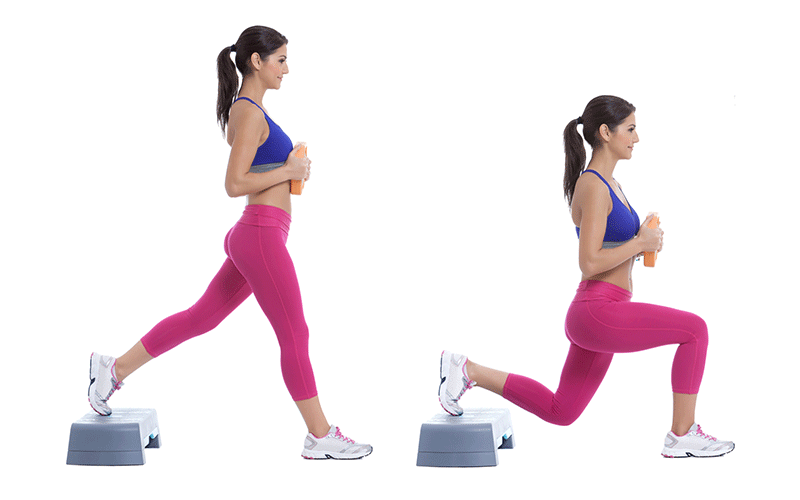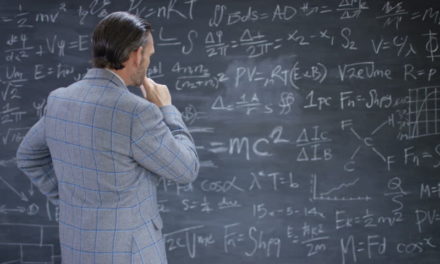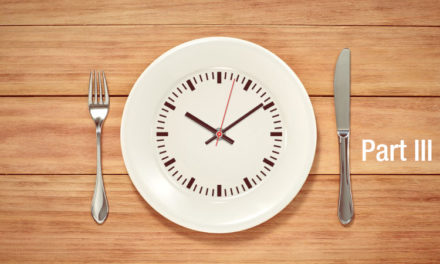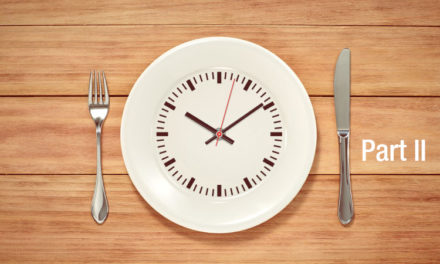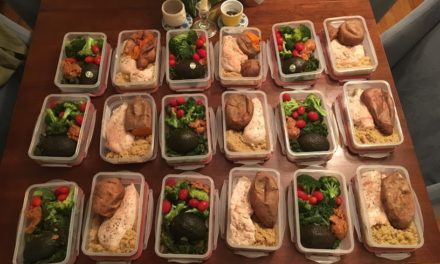When too many of us head to the gym to weight train we make the mistake of only using what are known as bilateral exercises. (Bilateral exercises are exercises that work the left and the right side of your body simultaneously.)
Now bilateral exercise are great for building strength, power, and muscle tone, and are great for maximizing work in short periods of time. (Common examples of bilateral exercises include squats, deadlifts, push ups, and two-handed rows.)
But, an unfortunate consequence of being human is that the muscles on the left and rights sides of our bodies are often unequal in terms of strength, power, and stability. And if left unaddressed, these discrepancies lead to reductions in performance, increase risk of injury, chronic tightness, discomfort, and pain.
Now, taking steps to prevent future injuries and address chronic issues are key parts of building an effective and sustainable exercise program. And one of the best ways to accomplish these objectives is to regularly include unilateral exercises in your exercise program. (Unilateral exercises are exercises that work the left and right sides of your body independently.)
What makes unilateral exercises so valuable is that they enable you to train the muscles of your weaker and less stable side to their fullest capacities.
See, when you perform a bilateral exercise, your stronger side naturally contributes more strength, power, and stability than your weaker side. Essentially acting like a crutch your weaker side can lean on. But when you use a unilateral exercise you expose your weaker non-dominant side to the full weight and balance demands of that exercise.
Now this will be difficult and at first you will notice a, possibly significant, difference between how strong one side of your body is compared to the other. But the only way you can start to rebalance your weaker and stronger limbs is to use unilateral exercise and force your weaker less stable side to adapt accordingly.
Now there are literally thousands of unilateral exercises you can use to train the various parts of your body, but for the sake of avoiding information overload we have decided to only list the most commonly used unilateral exercises for each body part.
For the Quads and Glutes:
- Forward Lunges
- Reverse Lunges
- Static Lunges (Also known as Split Squats)
- Rear Foot Elevated Static Lunges (Also known as Bulgarians Split Squats)
- Step Ups.
- Single Leg Leg Press
For the Hamstrings and Glutes:
- Toe Touches (Also known as Single Leg Deadlifts)
- Single Leg Hip Bridges
- Single Leg Hamstring Curls
For the Chest and Shoulders:
- Dumbbell Press
- Dumbbell Incline Press
- Dumbbell Shoulder Press
- Dumbbell Lateral Raises
For the Back:
- Single Arm Bench Supported Rows
- Bench Chest Supported Dumbbell Rows
- Single Arm Cable Rows
- Single Arm Lat Pull Downs.
For the Arms:
- Dumbbell Curls
- Dumbbell Tricep Skull Crushers
So remember, bilateral exercises are great for developing strength, muscle tone, and maximizing work in short periods of time.
But you’re human (hopefully…) and that means you have muscular imbalances, strength discrepancies, and stability differences between the left and right sides of your body. And if you want to optimize your performance, reduce chronic pain, and prevent future injuries you need to address these differences.
So be sure to include unilateral exercises in your exercise program. They are instrumental in addressing weak points, they balance your body, and they lay a sound foundation for future development.
Your exercise and dietary coaching team.
Zach Moore Training.
And everyone, if you found today’s article insightful, inspiring or enlightening and you have a friend, family member, colleague or peer who you think would benefit from what we’ve talked about here today, pass this email on.
One of the best things you can do for those you care about is help them build a healthy and great looking body. A body that is strong, capable and moves without pain and a body in which they feel confident and happy.

